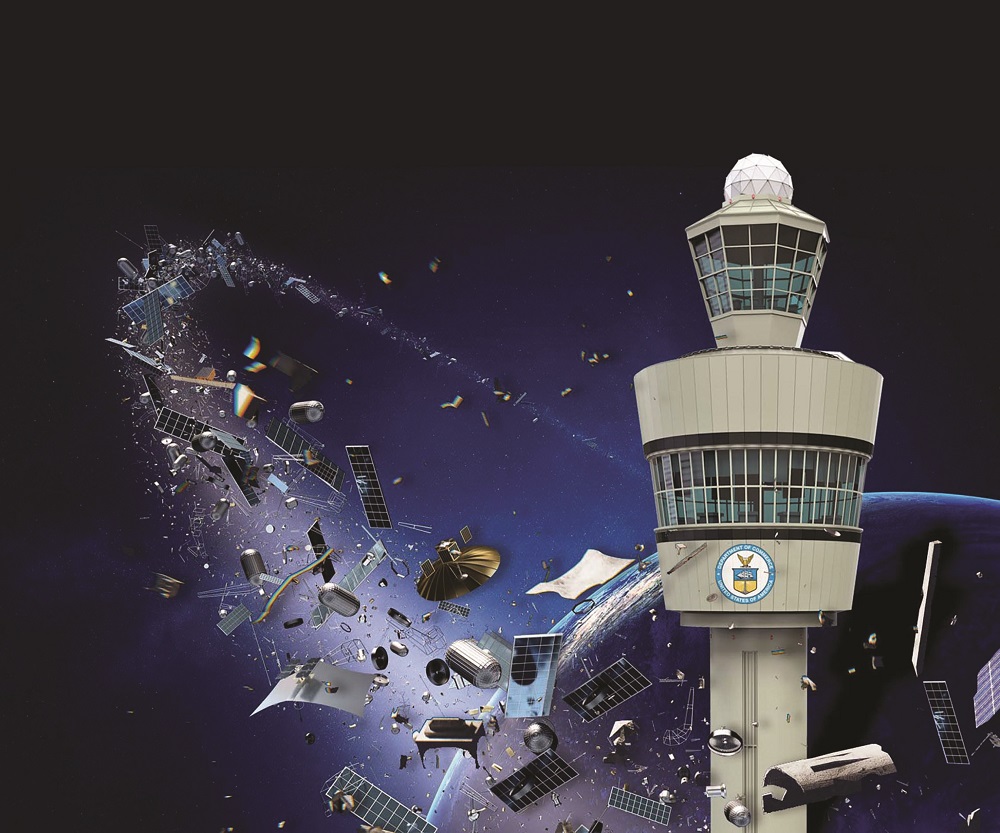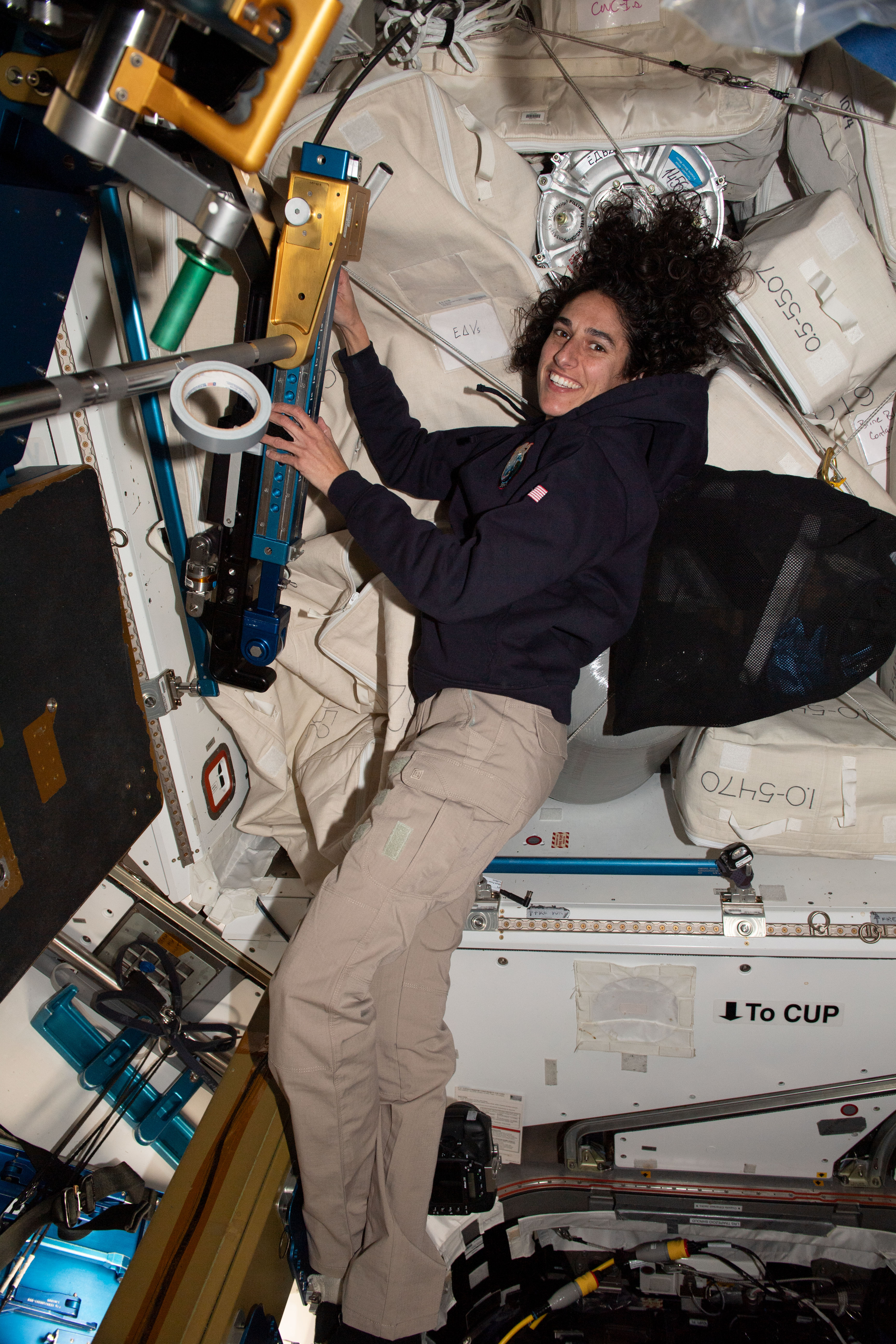Op-ed | NOAA is stalling U.S. space traffic management
Rather than move forward with efforts to work with industry on space traffic management solutions, the Commerce Department is funding studies of topics that in some cases were addressed in a report last year by NAPA, risking both U.S. leadership in the field and space safety generally. SpaceNews


As demonstrated by the uncontrolled reentry of a Chinese rocket last month, irresponsible space activities can put billions of dollars and human life at risk. Recognizing the reality of increasing space activities and the need for the national security community to focus its resources on security threats, the Trump administration issued Space Policy Directive 3 (SPD-3), “National Space Traffic Management Policy” in 2018. The Department of Commerce was tasked to create an “open architecture data repository” (OADR) to provide basic space situational awareness (SSA) and space traffic management (STM) services, functions historically provided by the U.S. military. This policy was intended to allow Commerce to focus on enabling growth in the U.S. commercial space industry while allowing the national security community to focus on threats in and from space.
The National Space Council developed SPD-3 through an in-depth interagency process that recognized the Department of Defense faces modernization challenges with legacy systems and rejected oversimplified comparisons between space traffic and air traffic. The open architecture approach was intentionally designed to enable massive data fusion, leverage the most advanced analytic tools and encourage continuous innovation for a rapidly changing space environment. The major elements of SPD-3 echo similar interagency discussions that also occurred during the Obama administration and which are reflected in the 2020 National Space Policy.
In 2020, Congress commissioned a study by the National Academy of Public Administration (NAPA) to identify the appropriate agency to take on the STM job. After a six-month effort, NAPA concluded that Commerce was best positioned to perform the work. Building on that endorsement, Commerce began making progress on standing up a STM data repository. Requests for information were issued and an industry day event attracted more than 250 participants offering services across the value chain of SSA and space safety. There was no need for a lengthy or expensive development program at government expense; American industry was ready to start providing space data, storage and services immediately.
Unfortunately, fulfilling that vision has hit a roadblock in Commerce’s fiscal year 2022 budget request, specifically in the Office of Space Commerce. Instead of spending $10-15 million for commercial space traffic data and services, as recommended by NAPA, the budget for the entire office remains at $10 million, with no funds for commercial data. Rather than begin populating an open repository with commercial data, NOAA is using fiscal year 2021 funds to pay for more studies by three federally funded research and development centers, revisiting the topics of the NAPA study, and talking vaguely of a future pilot program. These funding cuts come on top of personnel changes at the Office of Space Commerce that threaten the ability to meet its SSA and STM responsibilities.
Ensuring the long-term sustainability of space activities has been a priority for multiple administrations and SPD-3 was the end result of a near decade of effort. NOAA’s current approach is wasting both money and time, with the latter being especially harmful in today’s highly competitive environment. Existing systems can barely handle the more than 4,600 satellites in orbit now, let alone the nearly 100,000 satellites planned for launch over the next decade. Ceding U.S. leadership on this means either accepting more accidents and collisions in space or relying on another country to create an international solution at some indeterminate time in the future. The European Commission has multiple STM studies that could create potential barriers to U.S. industry-led technical standards, and there are Russian and Chinese proposals that would, at best, be opposed to an open architecture and, at worst, be hostile to U.S. industry.
We stand at inflection point with four options: 1) proceed with the open architecture data repository as directed in SPD-3 and rely on commercial industry, 2) create a unique U.S. government solution at much greater cost and delay with far lower flexibility to change with technology advances, 3) rely on uncertain foreign or international systems, or 4) have satellite owner/operators pursue their own solutions outside of governments.
Commerce does not need a traditional “program of record,” nor should it repackage legacy solutions that will only fail to address existing and growing data deficits; rather, it should seek to buy “space situational awareness as a service.” Large constellations such as Starlink, OneWeb, and Kuiper require more precise and timely data than U.S. Space Command provides and private sources for such data already exist. While it would be preferable, for a host of policy and diplomatic reasons, to have a trusted Commerce-sponsored data repository, the government is not vital to closing the business case for SSA data. But it should encourage new commercial services such as orbit optimization, proximity coordination, attribution and others as part of an entirely new space safety industry. An open data approach also encourages secondary industries, like insurance, through improved risk assessments for different orbits and constellations.
There are some aspects of STM, such as assuring compliance with international law and supporting research, where government is necessary. However, unlike NOAA weather satellites, there is no technical, economic or policy reason for SSA data to be a government monopoly. The OADR could be created using plentiful cloud storage services, ingested data from U.S. Space Command and NOAA’s own Space Weather Prediction Center, and a variety of existing commercial data sources. In effect, Commerce could create “space sustainability services version 1.0,” and periodically iterate with block upgrades as civil, commercial and international capabilities evolve.
For our security and our prosperity, it is vital that the United States lead the world in ensuring the long-term sustainability of space activities. This requires new levels of SSA commensurate with a growing, dynamic environment. If the new leadership at Commerce is unable to overcome the inertia at NOAA, then Congress may need to be more directive with funding and time tables. If the government fails to create a trusted, open data repository, the commercial space sector and its investors will need to create their own solutions, which may or may not be emulated by other countries. Regardless, this is an urgent issue in which government must either lead or get out of the way.
Scott Pace is a former Executive Secretary of the National Space Council and Director of the Space Policy Institute at the Elliott School of International Affairs.





































